-
 Bitcoin
Bitcoin $117500
2.15% -
 Ethereum
Ethereum $3911
6.19% -
 XRP
XRP $3.316
10.79% -
 Tether USDt
Tether USDt $1.000
0.01% -
 BNB
BNB $787.2
2.24% -
 Solana
Solana $175.2
4.15% -
 USDC
USDC $0.9999
0.00% -
 Dogecoin
Dogecoin $0.2225
8.40% -
 TRON
TRON $0.3383
0.28% -
 Cardano
Cardano $0.7868
6.02% -
 Stellar
Stellar $0.4382
9.34% -
 Hyperliquid
Hyperliquid $40.92
7.56% -
 Sui
Sui $3.764
7.63% -
 Chainlink
Chainlink $18.48
10.66% -
 Bitcoin Cash
Bitcoin Cash $582.1
1.88% -
 Hedera
Hedera $0.2601
6.30% -
 Avalanche
Avalanche $23.33
4.94% -
 Ethena USDe
Ethena USDe $1.001
0.02% -
 Litecoin
Litecoin $122.3
2.04% -
 UNUS SED LEO
UNUS SED LEO $8.969
-0.27% -
 Toncoin
Toncoin $3.339
0.86% -
 Shiba Inu
Shiba Inu $0.00001287
4.30% -
 Uniswap
Uniswap $10.43
7.38% -
 Polkadot
Polkadot $3.861
5.08% -
 Dai
Dai $1.000
0.02% -
 Bitget Token
Bitget Token $4.513
3.41% -
 Monero
Monero $267.7
-6.18% -
 Cronos
Cronos $0.1499
4.14% -
 Pepe
Pepe $0.00001110
5.15% -
 Aave
Aave $284.9
8.28%
How to pledge Sol coin
By pledging Sol Coin in the Solana blockchain, holders can earn rewards, contribute to network security, participate in governance, and enhance the stability and growth of the ecosystem.
Feb 15, 2025 at 11:12 am
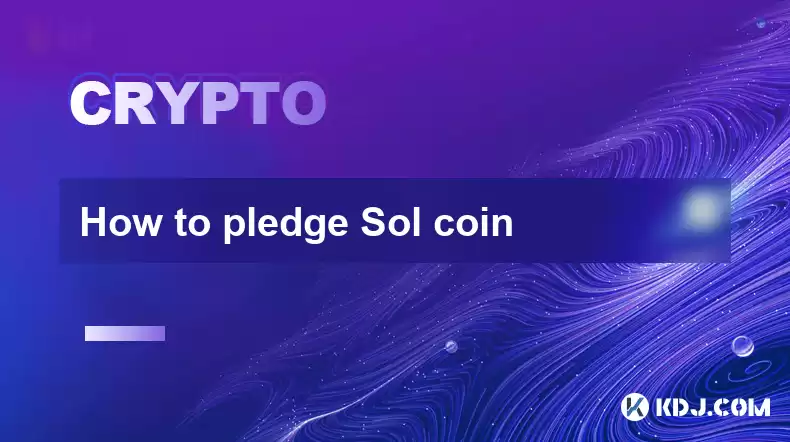
Key Points:
- Understanding Sol Coin and its Significance
- Eligibility Criteria for Pledging Sol Coin
- Step-by-Step Guide to Pledging Sol Coin
- Selecting a Reputable Validator or Pool
- Monitoring and Managing Your Staked Sol Coin
- Advantages and Considerations of Pledging Sol Coin
- Frequently Asked Questions
Understanding Sol Coin and its Significance:
Solana (SOL) is a high-performance blockchain platform that has gained significant traction in the cryptocurrency space. Its unique consensus mechanism, Proof-of-Stake (PoS), allows holders to earn rewards by pledging or "staking" their SOL tokens. By pledging your SOL, you not only secure the network but also participate in its governance and decision-making process. Additionally, staking Sol Coin can generate passive income while contributing to the overall stability and growth of the blockchain.
Eligibility Criteria for Pledging Sol Coin:
Not all individuals are eligible to pledge Sol Coin. To participate in the staking process, you must meet the following criteria:
- Possess a Sollet or Phantom wallet that supports staking.
- Have at least 1 SOL in your wallet.
- Choose a reputable validator or staking pool that aligns with your preferences.
Step-by-Step Guide to Pledging Sol Coin:
Once you have met the eligibility criteria, you can proceed to stake your Sol Coin. Follow these steps carefully:
- Create a Sollet or Phantom wallet. These wallets provide user-friendly interfaces for staking Sol Coin.
- Fund your wallet with at least 1 SOL. You can purchase SOL from cryptocurrency exchanges or by accepting it as payment for goods or services.
- Select a validator or staking pool. Research and choose a reliable and experienced validator or pool that offers competitive rates and aligns with your goals.
- Delegate your SOL to the chosen validator or pool. This step involves authorizing the validator or pool to hold your SOL for staking purposes.
- Track and manage your staked Sol. You can use the staking interface or your wallet to view the status of your staked SOL, including its rewards and current value.
Selecting a Reputable Validator or Pool:
Choosing a reputable validator or pool is crucial for maximizing your rewards and protecting your staked SOL. Consider these factors when making your selection:
- Reputation and experience: Look for validators or pools with a proven track record of stability and security.
- Staking rate: Compare the staking rates offered by different validators or pools to optimize your potential returns.
- Fees and commissions: Some validators or pools may charge fees or commissions for their services. Understand the cost structure before committing your SOL.
- Alignment with your goals: Choose a validator or pool that shares your values and vision for the Solana ecosystem.
Monitoring and Managing Your Staked Sol Coin:
After delegating your SOL, regularly monitor its performance and manage it accordingly. Here are some key considerations:
- Track your rewards: Keep track of the rewards you earn through staking. This can be done through the staking interface or your wallet.
- Consider unstaking: If you decide to withdraw your staked SOL, you need to initiate the unstaking process, which may take some time to complete.
- Secure your wallet: Store your staking wallet securely with strong passwords and two-factor authentication to prevent unauthorized access.
Advantages and Considerations of Pledging Sol Coin:
Pledging Sol Coin offers several advantages, including:
- Passive income: Earn rewards while contributing to the security and stability of the Solana blockchain.
- Secure network: Staking Sol Coin helps secure the network by preventing malicious actors from gaining control.
- Governance participation: Active stakers have the right to participate in governance decisions and propose or vote on changes to the Solana protocol.
However, consider these potential considerations before pledging:
- Stake lock-up period: Some validators or pools may have a lock-up period during which your staked SOL cannot be withdrawn.
- Volatility risk: The value of SOL is subject to market fluctuations, which can impact the potential returns from staking.
- Operational risks: Validators or pools can experience technical difficulties or security breaches, potentially affecting the safety of your staked SOL.
FAQs:
What is the minimum amount of SOL I need to stake?
- The minimum amount you need to stake is 1 SOL.
How often do I receive rewards from staking?
- Rewards are typically distributed every few days, but this may vary depending on the validator or pool you choose.
Can I stake my SOL on multiple validators or pools?
- Yes, you can split your SOL across multiple validators or pools to diversify your rewards and reduce risk.
What happens if my validator or pool goes offline?
- If your validator or pool goes offline, your staked SOL may temporarily be unavailable. However, it should become available again once the validator or pool resumes operation.
Is staking Sol Coin safe?
- Staking Sol Coin involves some level of risk, but it can generally be considered safe when done through a reputable validator or pool.
Disclaimer:info@kdj.com
The information provided is not trading advice. kdj.com does not assume any responsibility for any investments made based on the information provided in this article. Cryptocurrencies are highly volatile and it is highly recommended that you invest with caution after thorough research!
If you believe that the content used on this website infringes your copyright, please contact us immediately (info@kdj.com) and we will delete it promptly.
- Tron's Sell-Off Spurs Altcoin Shift: What's Next for TRX?
- 2025-08-08 08:30:12
- Sleep Token's US Takeover: Thornhill Rides the 'Even In Arcadia' Wave
- 2025-08-08 08:30:12
- FTT Token's Wild Ride: Creditor Repayments vs. Market Drop - A New Yorker's Take
- 2025-08-08 07:10:12
- Floki Crypto Price Prediction: Riding the Robinhood Rocket or Just a Meme?
- 2025-08-08 07:15:12
- EigenLayer, Restaking, and Ethereum: Navigating the Hype and the Hazards
- 2025-08-08 06:30:12
- Super Bowl 59: Jon Batiste to Jazz Up the National Anthem
- 2025-08-08 06:30:12
Related knowledge

Where can I buy UMA (UMA)?
Aug 07,2025 at 06:42pm
Understanding UMA and Its Role in Decentralized FinanceUMA (Universal Market Access) is an Ethereum-based decentralized finance (DeFi) protocol design...
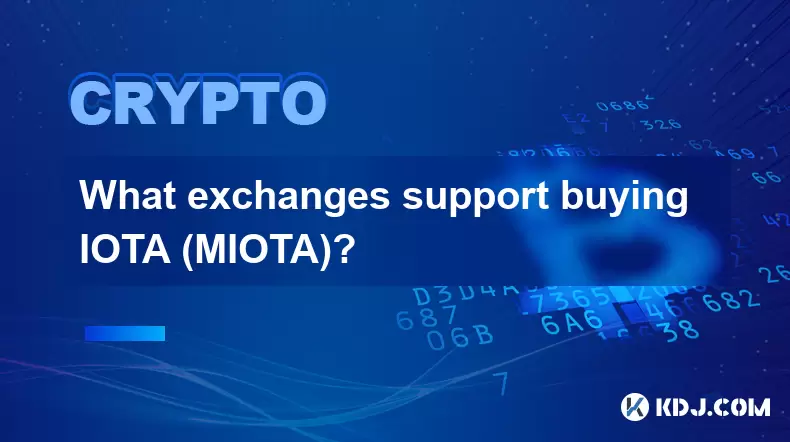
What exchanges support buying IOTA (MIOTA)?
Aug 07,2025 at 09:58pm
Understanding the Role of Private Keys in Cryptocurrency SecurityIn the world of cryptocurrency, private keys are the cornerstone of ownership and con...
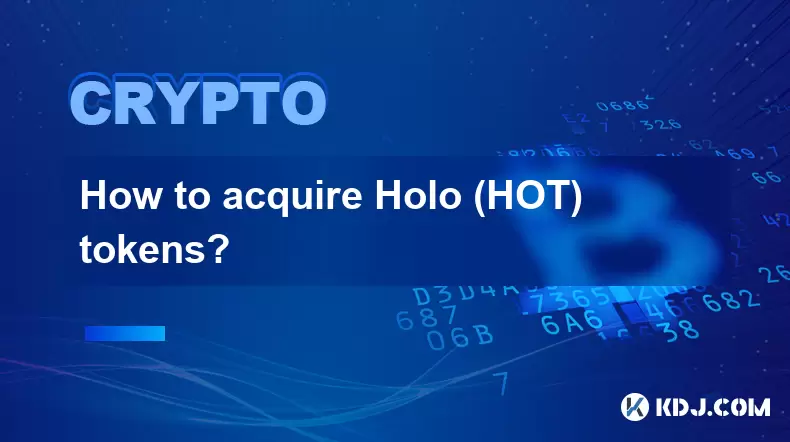
How to acquire Holo (HOT) tokens?
Aug 08,2025 at 05:56am
Understanding Holo (HOT) and Its EcosystemHolo (HOT) is a cryptocurrency token associated with the Holo ecosystem, which is built on the Holochain fra...
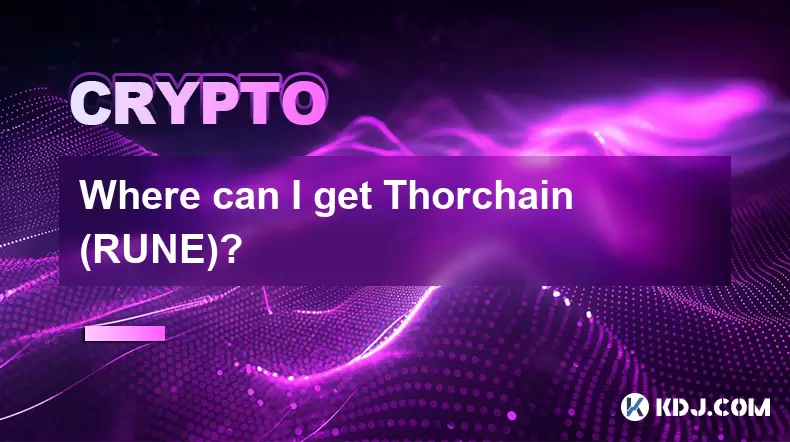
Where can I get Thorchain (RUNE)?
Aug 08,2025 at 08:07am
Understanding the Role of Seed Phrases in Cryptocurrency WalletsA seed phrase, also known as a recovery phrase or mnemonic phrase, is a critical compo...
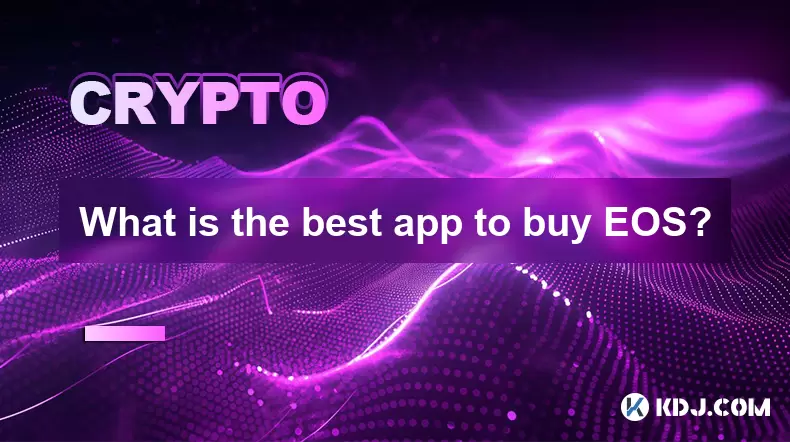
What is the best app to buy EOS?
Aug 07,2025 at 04:35pm
Understanding EOS and Its Role in the Cryptocurrency EcosystemEOS is a blockchain platform designed to support decentralized applications (dApps) with...
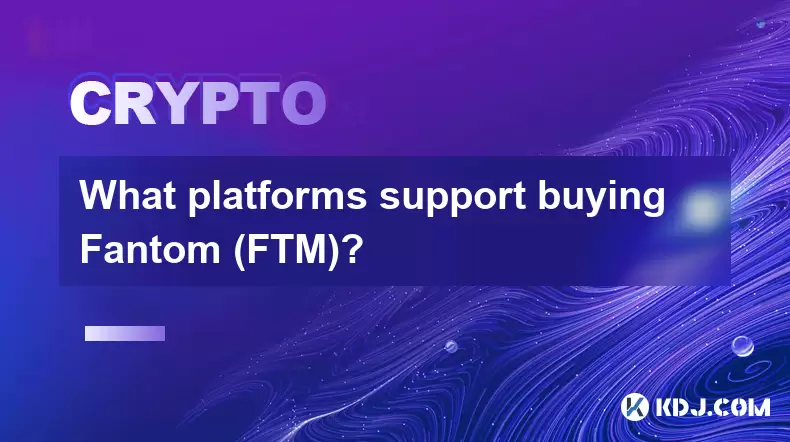
What platforms support buying Fantom (FTM)?
Aug 08,2025 at 01:56am
Overview of Fantom (FTM) and Its EcosystemFantom (FTM) is a high-performance, scalable, and secure layer-1 blockchain designed to overcome the limitat...

Where can I buy UMA (UMA)?
Aug 07,2025 at 06:42pm
Understanding UMA and Its Role in Decentralized FinanceUMA (Universal Market Access) is an Ethereum-based decentralized finance (DeFi) protocol design...

What exchanges support buying IOTA (MIOTA)?
Aug 07,2025 at 09:58pm
Understanding the Role of Private Keys in Cryptocurrency SecurityIn the world of cryptocurrency, private keys are the cornerstone of ownership and con...

How to acquire Holo (HOT) tokens?
Aug 08,2025 at 05:56am
Understanding Holo (HOT) and Its EcosystemHolo (HOT) is a cryptocurrency token associated with the Holo ecosystem, which is built on the Holochain fra...

Where can I get Thorchain (RUNE)?
Aug 08,2025 at 08:07am
Understanding the Role of Seed Phrases in Cryptocurrency WalletsA seed phrase, also known as a recovery phrase or mnemonic phrase, is a critical compo...

What is the best app to buy EOS?
Aug 07,2025 at 04:35pm
Understanding EOS and Its Role in the Cryptocurrency EcosystemEOS is a blockchain platform designed to support decentralized applications (dApps) with...

What platforms support buying Fantom (FTM)?
Aug 08,2025 at 01:56am
Overview of Fantom (FTM) and Its EcosystemFantom (FTM) is a high-performance, scalable, and secure layer-1 blockchain designed to overcome the limitat...
See all articles

























































































